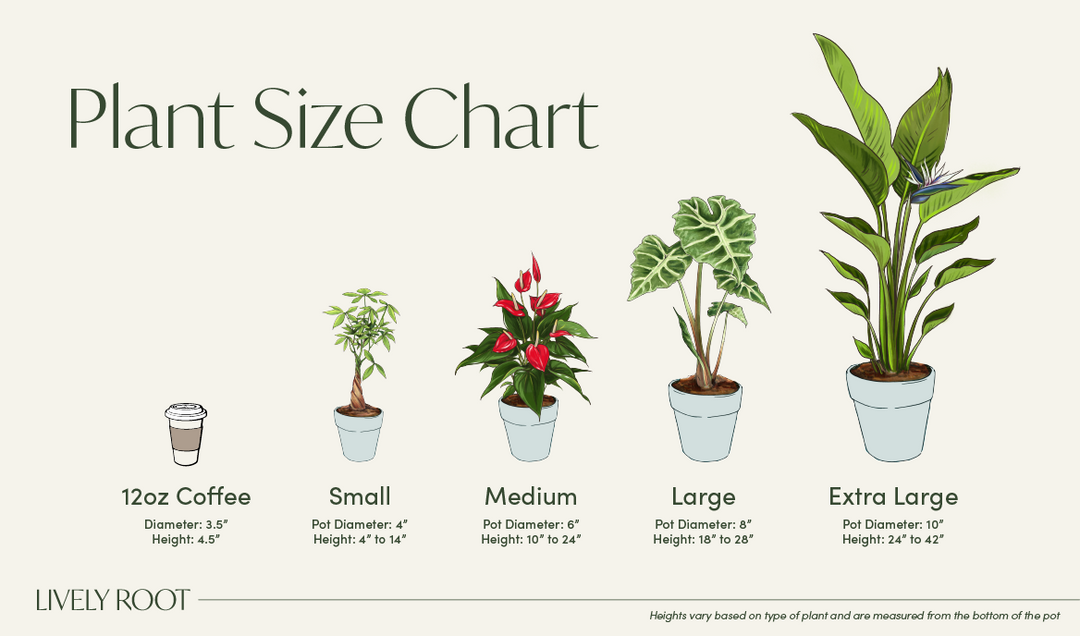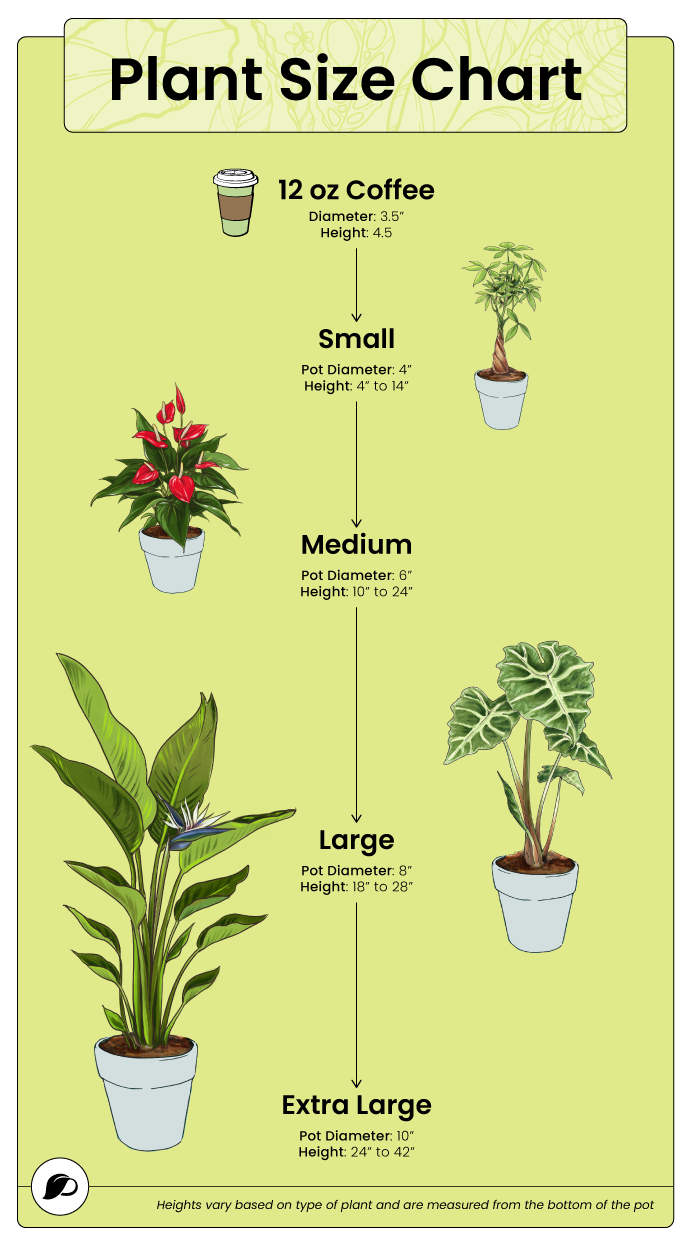Gift Card Balance
Enter the code below to redeem your gift card

The Red Maranta Prayer Plant (Maranta leuconeura erythroneura), or Red-Veined Prayer Plant, is prized for its eye-catching foliage. Its oval green leaves feature vivid red veins with lighter green patches, and the undersides are purple. At night, the leaves fold upward in a prayer-like motion, known as ‘nyctinasty.’
Native to Brazil and part of the Marantaceae family, this tropical plant is hardy in USDA zones 11-12. Indoors, it grows 12-18 inches tall and up to 24 inches wide. This Prayer Plant prefers bright, indirect light but tolerates low light. It requires consistent moisture, high humidity, and protection from direct sunlight, drafts, and overwatering.
This gorgeous red plant symbolizes gratitude and devotion and reflects its spiritual nature with its nightly leaf movement. It’s also non-toxic to pets, making it safe for homes with cats or dogs, though ingestion may cause mild digestive discomfort.
The Maranta leuconeura, or Red-Veined Prayer Plant, is a moderately easy plant to care for, ideal for those who can maintain a balance of moisture and humidity. With the right conditions, this tropical beauty thrives indoors.
Marantas love moisture, so keep the soil evenly moist but not waterlogged. Water when the top inch of soil feels dry, and use filtered or distilled water to prevent leaf browning from minerals. High humidity (50% or more) is essential. Use a humidifier or mist the plant regularly to mimic its tropical origins.
Bright, indirect light is best for this plant. Avoid direct sunlight, which can scorch the leaves, or too little light, which can dull its vibrant colors. Marantas prefer temperatures between 65–80°F (18–27°C) and should avoid cold drafts and sudden temperature changes.
Use a well-draining potting mix that retains moisture but doesn’t stay soggy. A mix of peat, perlite, and regular potting soil works well. Repot the plant every 2–3 years in spring to refresh the soil and prevent root-bound issues.
Feed the plant with a balanced liquid fertilizer every 4–6 weeks during the growing season (spring to early autumn). Prune yellow or damaged leaves to keep the plant healthy and encourage new growth. Also, gently wipe the leaves with a damp cloth every few weeks to remove dust and improve their ability to photosynthesize.
Marantas can be propagated through division during repotting. You can also root stem cuttings in water or soil as alternative prayer plant propagation methods. Watch out for common issues like leaf curling (due to low humidity), brown tips (from overwatering or poor water quality), and pest infestations like spider mites, which thrive in dry conditions.
The Maranta Red Prayer Plant is a versatile addition to various indoor spaces. It thrives in conditions that cater to its moisture-loving nature, making it an excellent choice for enhancing your home's aesthetic appeal and ambiance.
Pairing the Red Maranta Prayer Plant with other houseplants can enhance its aesthetic and environmental benefits. Here are three great companions:
If you're considering alternatives to the Red Prayer Plant, here are three pet-safe options that flourish in similar environments:
Enhance your home with the vibrant and pet-friendly Red Maranta! Order yours from Lively Root today and enjoy its beauty and benefits in your home or office!
Follow us @livelyroot & show us your #livelyroot plants

